Embarking on the journey of welcoming a new puppy into your home is an exhilarating experience filled with anticipation and joy. The mere thought of those furry paws and endearing eyes can make any heart swell with affection. However, amidst the excitement, a crucial question looms for every prospective pet parent: “How long does it take to potty train a puppy?” In this comprehensive guide, we’ll delve into the intricacies of potty training, exploring effective strategies and shedding light on the variable factors that influence the timeline. So, please grab a cup of coffee, settle into your favorite chair, and unravel the mysteries of potty training together.
The anticipation of bringing a puppy home is akin to preparing for a new chapter in your life. The laughter, playfulness, and companionship that a puppy brings are unparalleled. Yet, as any seasoned dog owner will attest, the early days of puppyhood come with their fair share of challenges, with potty training often topping the list.
As you eagerly await the arrival of your new furry family member, it’s natural to wonder about the intricacies of potty training. How long will it take for your puppy to grasp the concept? Will there be sleepless nights and endless clean-up sessions? Rest assured, while the journey may have its bumps; the destination is a well-behaved and house-trained companion.
Before we dive into the specifics of the potty training timeline, let’s take a moment to understand the myriad variables that can influence the process. Your puppy’s breed, age, and individual personality are critical determinants in shaping the duration of the training journey.
Different breeds come with distinct characteristics, including varying levels of intelligence and stubbornness. Some breeds may be quick learners, always picking up on commands and routines, while others may require more patience and persistence. Understanding your puppy’s breed-specific traits can provide valuable insights into their learning curve.
Age is another critical factor in the equation. Much like human babies, puppies undergo developmental stages that impact their ability to learn and adapt. While younger puppies may need more frequent bathroom breaks, older ones might be able to hold their bladder for more extended periods, facilitating a more predictable training routine.
Consistency is the linchpin of successful potty training. Establishing a consistent routine helps your puppy understand expectations and reinforces positive behaviors. Consistency in feeding times, outdoor breaks, and designated potty areas creates a structured environment that accelerates learning.
Now that we’ve laid the groundwork for understanding the variables at play let’s embark on a detailed exploration of the general timeline for potty training. From the initial weeks of introducing your puppy to the concept to the subsequent stages of refining their skills, we’ll navigate the highs and lows of this essential aspect of puppy parenthood. So, let’s roll up our sleeves and prepare for an in-depth look at potty training that will empower you to guide your puppy toward success.
Table of Contents
Breed Considerations
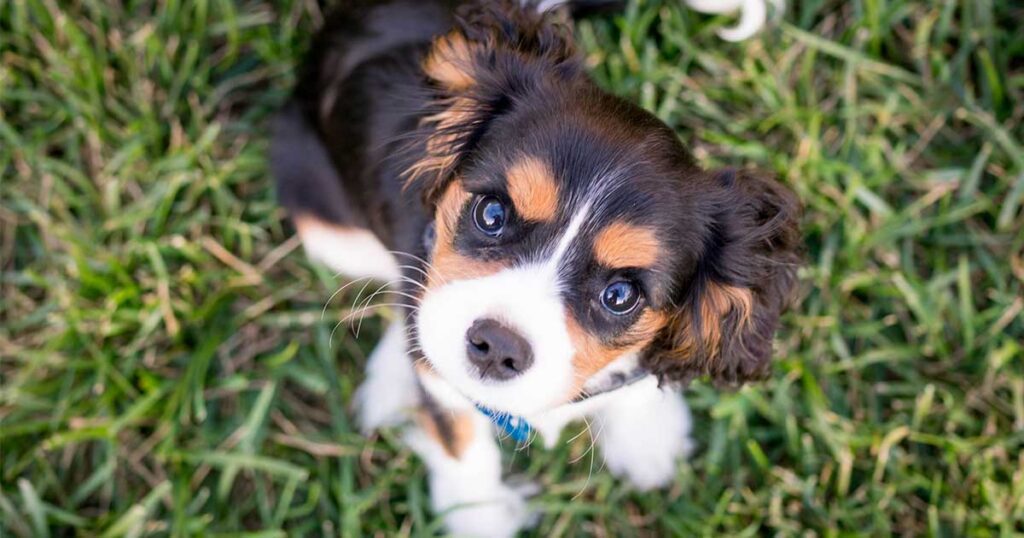
The diverse world of dog breeds introduces a fascinating array of characteristics, influencing how quickly a puppy may become proficient in potty training. Understanding these breed-specific traits can offer valuable insights and guide your approach to training.
Intelligence Levels:
Different breeds exhibit varying levels of intelligence. Some breeds, such as the Border Collie or Poodle, are renowned for their high intelligence and quick learning abilities. These breeds often grasp commands and routines faster, translating to a potentially shorter potty training period. On the other hand, breeds with lower intelligence, such as the Bulldog or Basset Hound, may require more time and patience.
Stubbornness Factor:
Stubbornness can be a hurdle or a trait to navigate, depending on the breed. Certain breeds, like the Dachshund or Shiba Inu, are known for their independent nature, which may pose a challenge during training. Patience and consistent positive reinforcement become crucial when working with a more stubborn breed.
Sensitivity and Eagerness to Please:
Breeds with a high sensitivity to their owner’s commands and a strong desire to please, such as the Golden Retriever or Labrador Retriever, often excel in potty training. These dogs are motivated by positive reinforcement and thrive on the approval of their owners.
Physical Stamina:
The physical stamina of a breed can also play a role in potty training. High-energy breeds, like the Australian Shepherd or Siberian Husky, may require more frequent outdoor breaks due to their active nature. Providing ample exercise can help channel their energy positively and contribute to a smoother training process.
Understanding your puppy’s breed-specific characteristics is the first step in tailoring your approach to potty training. By recognizing their inherent traits, you can adjust your expectations and implement a training strategy aligning with their needs.
In the following sections of this guide, we’ll explore the age factor and the significance of consistency in establishing a successful potty training routine. Stay tuned as we unravel the comprehensive roadmap to achieving potty training success with your new furry friend.
Age Matters
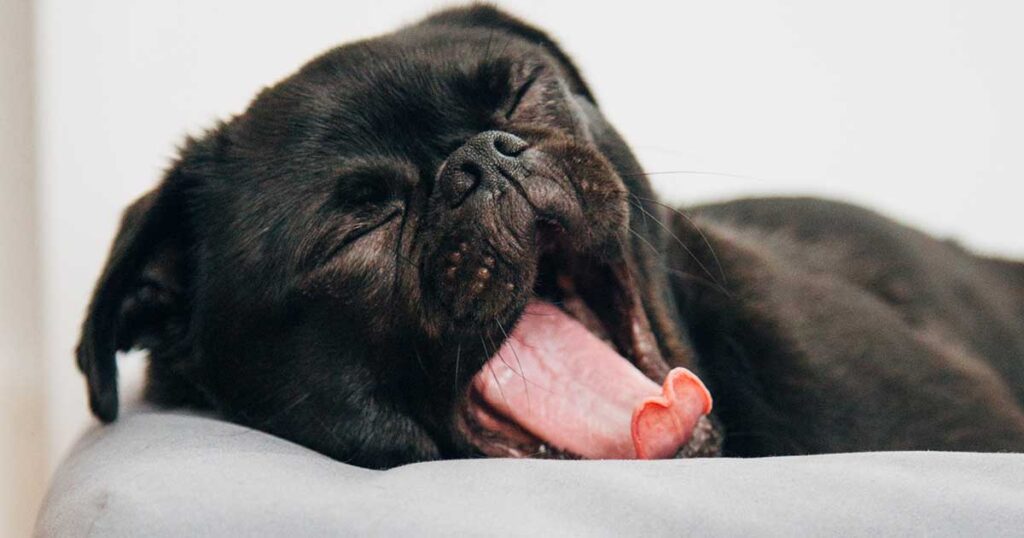
As we transition to the age factor, it’s essential to recognize that puppies, much like human infants, undergo critical developmental stages that impact their ability to learn and adapt. The age at which you start potty training can significantly influence the speed at which your puppy grasps the concept.
Early Weeks (8-10): Initial Training:
During the first few weeks after bringing your puppy home, focus on introducing them to potty training. Remember that young puppies have limited bladder control and may need frequent outside trips. Patience is vital as your puppy adapts to their new surroundings.
Weeks 10-16: Establishing Routine:
As your puppy reaches the 10 to 16-week mark, they gain better control over their bladder. This period is ideal for establishing a consistent feeding and potty schedule. Take them outside after meals, after waking up, and before bedtime to reinforce the association between outdoor breaks and bathroom needs.
Weeks 16-24: Refining Skills:
By the 16 to 24-week stage, your puppy should be getting the hang of potty training. They can hold their bladder for extended periods, making it easier to predict when they need to go outside. Continue reinforcing positive behavior by offering praise and treats when they are eliminated in the designated area.
Beyond 24 Weeks: Fine-Tuning:
Beyond the 24-week mark, most puppies should have a good grasp of potty training. While occasional accidents may still happen, you can start fine-tuning the process. Gradually give them more freedom indoors while remaining vigilant and reinforcing positive behavior.
The age at which you begin potty training sets the foundation for success. Starting early helps your puppy establish good habits and builds a positive association with the training process. Remember that individual puppies may progress at different rates, so it’s crucial to be patient and attentive to their needs.
In the subsequent sections of this guide, we’ll explore the significance of consistency in your training routine and provide practical tips for accelerating the potty training process. Stay tuned as we continue our journey toward a well-trained and happy puppy!
Top of Form
Consistency is Key
Now that we’ve explored the breed and age considerations let’s delve into the cornerstone of successful potty training—consistency. Establishing a consistent routine is paramount to creating a positive learning environment for your puppy.
Scheduled Outdoor Breaks:
Consistency begins with establishing a regular schedule for outdoor bathroom breaks. Take your puppy outside first thing in the morning, after meals, and before bedtime. This routine helps your puppy anticipate when to eliminate, reducing the likelihood of accidents indoors.
Designated Potty Area
Designate a specific area outdoors for your puppy to do their business. This consistent location helps reinforce the association between going outside and the act of eliminating. Over time, your puppy will understand this is the appropriate place to relieve themselves.
Positive Reinforcement
Consistently use positive reinforcement when your puppy exhibits the desired behavior. Whether verbal praise, treats or a combination of both, offering consistent rewards creates a positive association with potty training. Dogs thrive on routine and positive feedback, motivating them to repeat the behavior.
Supervision Indoors
Maintain consistent supervision when your puppy is indoors, especially during the initial stages of training. This allows you to catch potential accidents before they happen and redirect your puppy to the designated outdoor area. As your puppy becomes more reliable, you can gradually give them more freedom indoors.
Clean-Up Protocol
In the unfortunate event of an indoor accident, maintain consistency in your clean-up protocol. Use pet-friendly cleaning products to eliminate any lingering odors that might attract your puppy to the same spot. Consistency in cleaning helps prevent repeat accidents in the same areas.
Family Involvement
Ensure that everyone in your household follows the same potty training routine. Consistency across all family members reinforces the rules for your puppy and avoids confusion. A unified approach accelerates the learning process and strengthens the bond between your puppy and the entire family.
Adaptability
While consistency is crucial, adapting your approach based on your puppy’s progress is essential.
Establish a Routine: The Cornerstone of Successful Potty Training
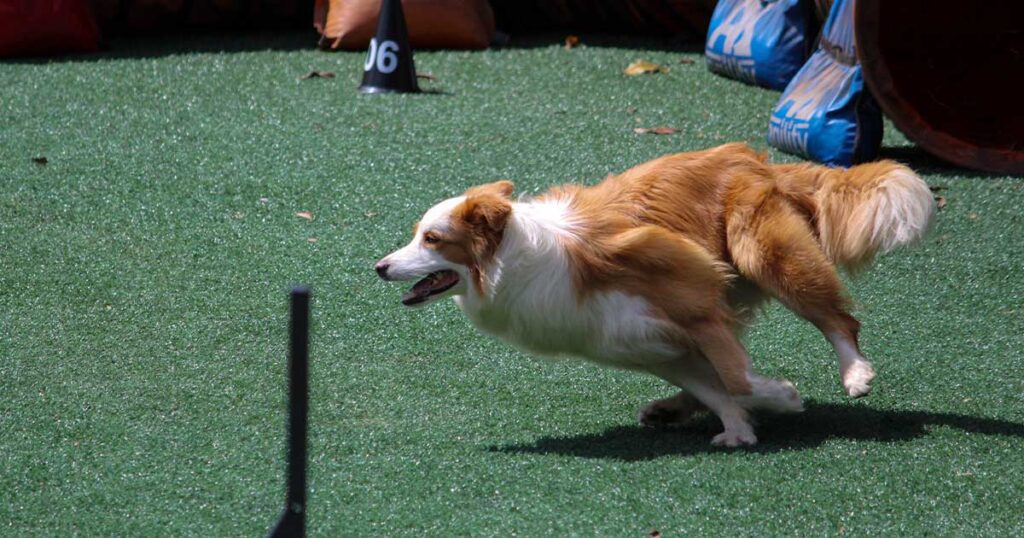
Creating a routine for your puppy is akin to laying the foundation for a well-behaved, potty-trained furry friend. Dogs thrive on consistency and predictability; establishing a way can significantly expedite potty training.
Set a Feeding Schedule
Start by setting a regular feeding schedule for your puppy. Puppies usually need to relieve themselves shortly after eating, so feeding times can become your cue for bathroom breaks. Feed your puppy at the exact times every day, making it easier for you to predict when they’ll need to go outside.
Divide the daily recommended amount of food into multiple meals. This helps with digestion and ensures that your puppy has more predictable bathroom habits. Consistency in feeding times can help regulate your puppy’s bowel movements, making it easier to plan outdoor breaks.
Designated Bathroom Breaks
Take your puppy outside for bathroom breaks at regular intervals, especially after waking up, after meals, and before bedtime. Puppies have smaller bladders, and frequent trips outside decrease the likelihood of accidents indoors.
The key is to be proactive. Initiate the bathroom breaks instead of waiting for your puppy to signal the need to go outside. This helps reinforce the association between outdoor time and potty breaks. As your puppy becomes accustomed to this routine, they will learn to anticipate these breaks and may start signaling when they need to go out.
Use Cue Words
Introduce cue words or phrases during bathroom breaks to create a verbal association with the act of eliminating. Consistency in your chosen cue words, whether “Go potty” or any other phrase, helps your puppy understand the purpose of outdoor trips. Repeat the cue words while your puppy eliminates them; eventually, they associate the term with the desired behavior.
This verbal reinforcement can be constructive when you cannot take your puppy outside immediately. For instance, if you’re in an apartment and need your puppy to use a designated indoor spot, using the cue words can guide them to the appropriate area.
Monitor Water Intake
While keeping your puppy hydrated is crucial, monitoring water intake, especially in the hours leading up to bedtime, can help minimize nighttime accidents. Limit access to water a couple of hours before bedtime and encourage your puppy to relieve themselves before settling down for the night.
Regular Exercise and Playtime
Incorporate regular exercise and playtime into your puppy’s routine. Physical activity stimulates bowel movements; a tired puppy is less likely to engage in indoor mischief. Playtime can be a positive and enjoyable part of the routine, strengthening the bond between you and your puppy while contributing to their overall well-being.
Crate Training as a Component
Consider incorporating crate training into your routine. A crate can be a safe and comfortable space for your puppy when you cannot supervise them. Puppies are less likely to be eliminated in their living room, making crate training an effective way to prevent accidents indoors. Ensure the box is appropriately sized, allowing your puppy to stand, turn around, and lie comfortably.
In conclusion, establishing a routine is the linchpin of successful potty training. A well-thought-out and consistent schedule provides structure for your puppy, making it easier for them to grasp the concept of outdoor elimination. Remember that patience and positive reinforcement are crucial components of the process, and by investing time in a solid routine, you’re laying the groundwork for a harmonious life with your potty-trained puppy.
Be Patient and Understanding: Navigating the Challenges of Potty Training
Puppy parenthood is an exhilarating experience, but it undoubtedly comes with its fair share of challenges and potty training is often considered one of the most formidable tasks. As you embark on this journey, the importance of being patient and understanding cannot be overstated. Here, we delve deeper into the nuances of these qualities and how they can significantly impact the success of your puppy’s potty training.
Patience as a Virtue
Puppies are like sponges, absorbing new information every day. However, their attention spans may be short, and they might need more time to grasp the concept of potty training. This is where your patience becomes a virtue. Stay calm and energized if progress seems slow. Remember that every puppy is unique, and the learning curve may differ.
When accidents happen, they will resist the urge to scold your puppy. Canines do not understand punishment in the same way humans do. Instead, they respond better to positive reinforcement. Express your disappointment calmly, clean up the mess promptly, and redirect your puppy’s attention to the desired behavior. This approach helps your puppy associate positive experiences with the right actions.
Understanding Your Puppy’s Needs
Much like human infants, puppies are still discovering the world around them. They may not have complete control over their bodily functions, and accidents are inevitable in the learning process. Understanding your puppy’s needs involves recognizing the signs that indicate when they need to go outside.
Watch for subtle cues such as restlessness, sniffing, circling, or suddenly stopping play. By tuning into these signals, you can proactively take your puppy outside, reducing the likelihood of accidents indoors. Being attentive to your puppy’s body language fosters a stronger bond between you and your furry friend and facilitates effective communication.
Consistent Training
Patience and understanding go hand in hand with consistency in training. Establishing a routine helps your puppy predict when it’s time for a bathroom break and reinforces the learning process. Surface provides a sense of security for your puppy, creating an environment where they can thrive and learn at their own pace.
Consistent training extends beyond just bathroom breaks. It includes feeding schedules, playtime, and bedtime. Puppies thrive on routine, and a well-structured day aids the overall training process. As you patiently guide your puppy through these routines, you’ll find that they become more reliable in signaling their need to go outside.
Positive Reinforcement
The power of positive reinforcement cannot be overstated. Celebrate their success when your puppy exhibits the desired behavior, whether it’s going potty outside or following a command. Praise, treats, and affection create positive associations with the actions you want to encourage, making your puppy more likely to repeat them.
Positive reinforcement fosters a healthy and trusting relationship between you and your puppy. It builds confidence, reduces anxiety, and enhances the overall training experience. Remember that each small success is a step in the right direction, and your patience during these moments will be rewarded with a well-trained and well-adjusted canine companion.
The Importance of a Clean Environment
Accidents are inevitable in potty training, and how you handle them can influence your puppy’s progress. Instead of reacting with frustration, focus on maintaining a clean environment. Use an enzymatic cleaner to eliminate odors, as this discourages your puppy from revisiting the same spot. A clean environment also reduces stress and anxiety, creating a positive space for your puppy to learn and thrive.
The Conclusion: Potty training a puppy: how long does it take?
In the grand scheme of potty training, patience and understanding are the cornerstones of success. As you navigate the challenges and triumphs of guiding your puppy through this essential phase, remember that every step forward is a victory. Embrace the journey, celebrate the small wins, and cherish the bond that grows stronger with each shared experience. With your patience and understanding, you’ll have a well-trained puppy and a lifelong companion who trusts and loves you unconditionally.

Meet Biplab Roy, the passionate voice behind our blog’s delightful tales of furry and feathered companions. As the proud owner of a charming pet shop and a thriving farm, Biplab’s life revolves around the enchanting world of pets. With a heart full of love for animals and a wealth of experience in caring for them, Biplab brings a unique perspective to our community of pet enthusiasts.
Biplab’s journey into the realm of pets began with a deep-seated affection for these lovable creatures. His pet shop isn’t just a business; it’s a sanctuary for pet lovers seeking advice, supplies, and a warm community. From chirpy birds to playful puppies and everything in between, Biplab’s shop is a haven for those who share his passion.
But Biplab’s connection with animals doesn’t end at the pet shop door. His bustling farm is a testament to his commitment to providing a happy and healthy life for all creatures under his care. Whether it’s the joyous barks of dogs or the gentle clucking of hens, Biplab’s farm is a symphony of harmonious coexistence.
Through the pages of our blog, Biplab shares his insights, anecdotes, and valuable tips on pet care, drawing from his hands-on experience as a devoted pet owner and caretaker. His articles are a delightful blend of heartwarming stories, practical advice, and a genuine love for the diverse world of pets.
Join Biplab on this journey as he explores the ups and downs of pet ownership, offering a warm and knowledgeable companion for fellow pet enthusiasts. Whether you’re a seasoned pet owner or considering bringing a new furry friend into your life, Biplab’s words are sure to resonate and inspire, making your journey into the wonderful world of pets even more rewarding.

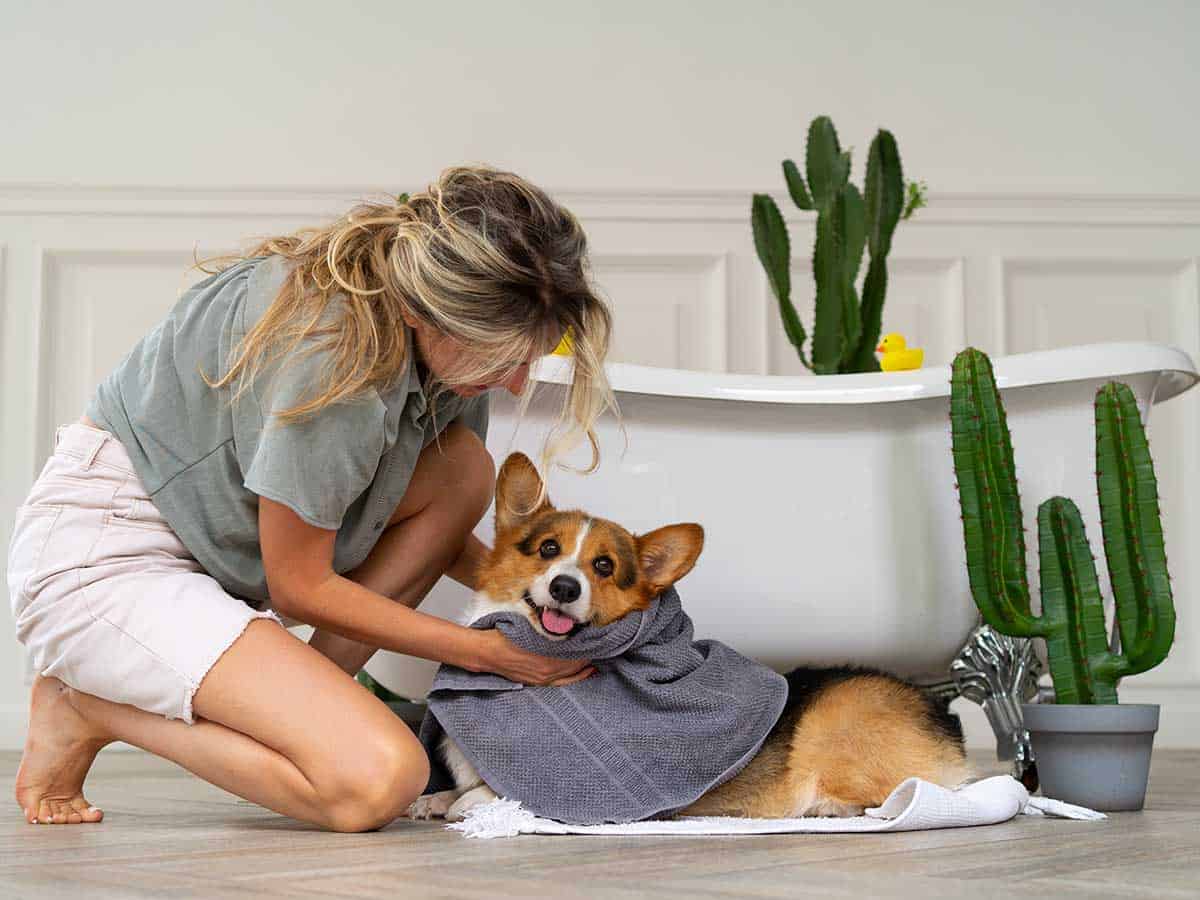
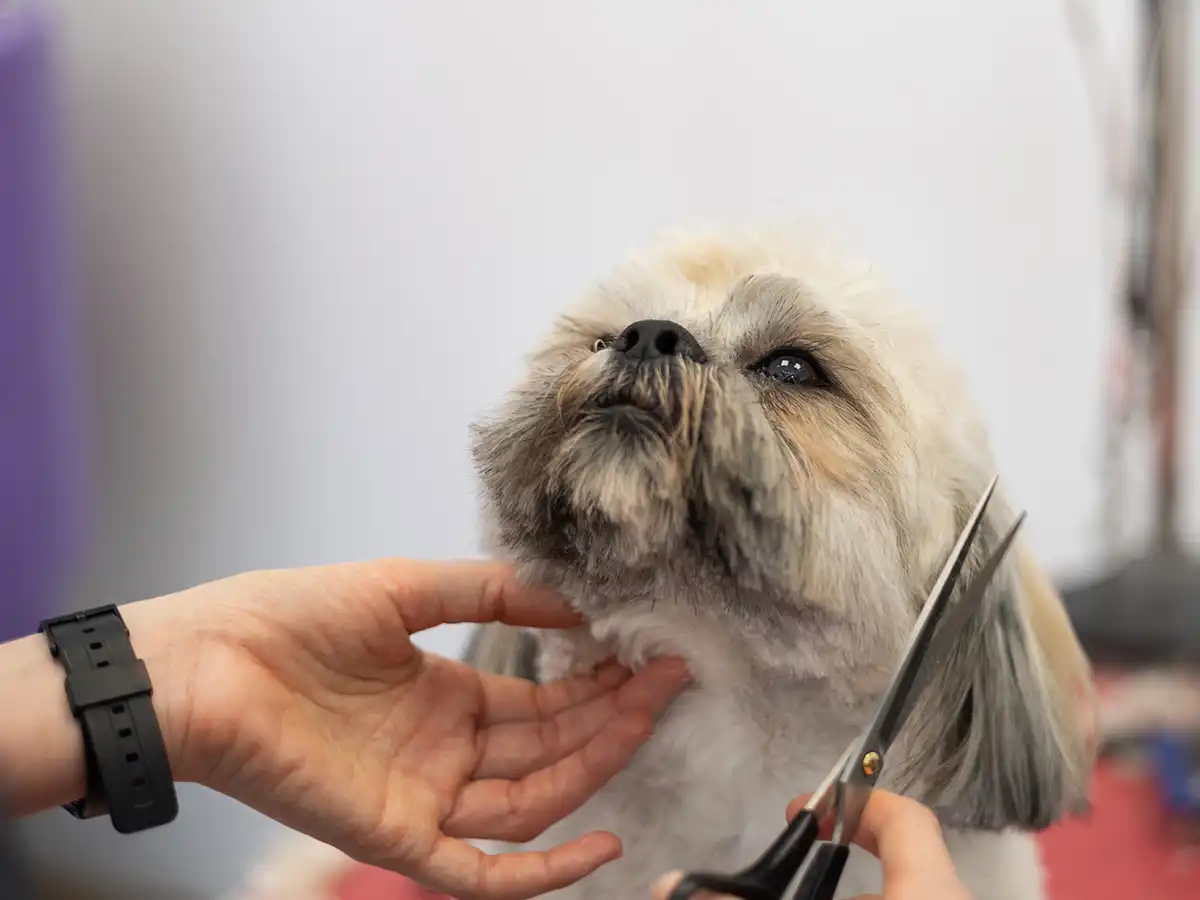
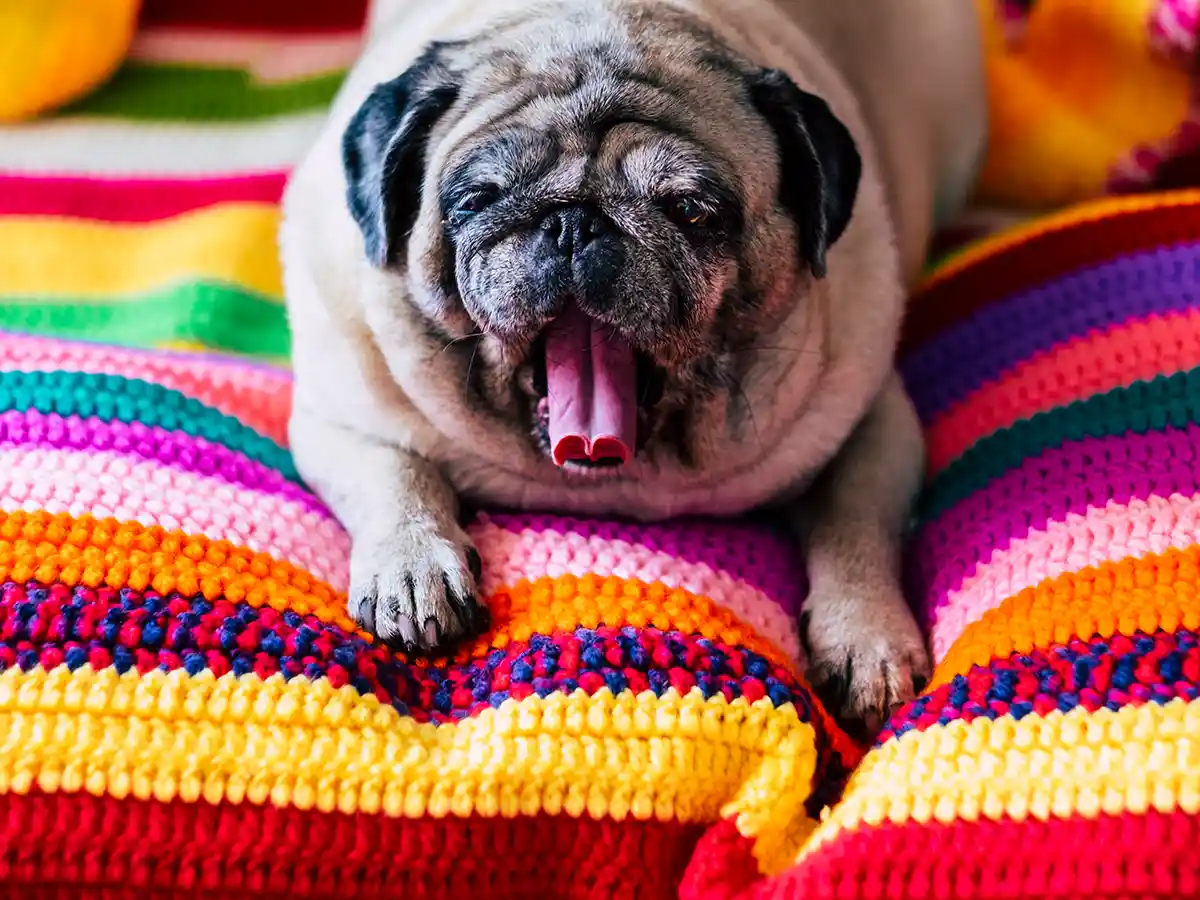
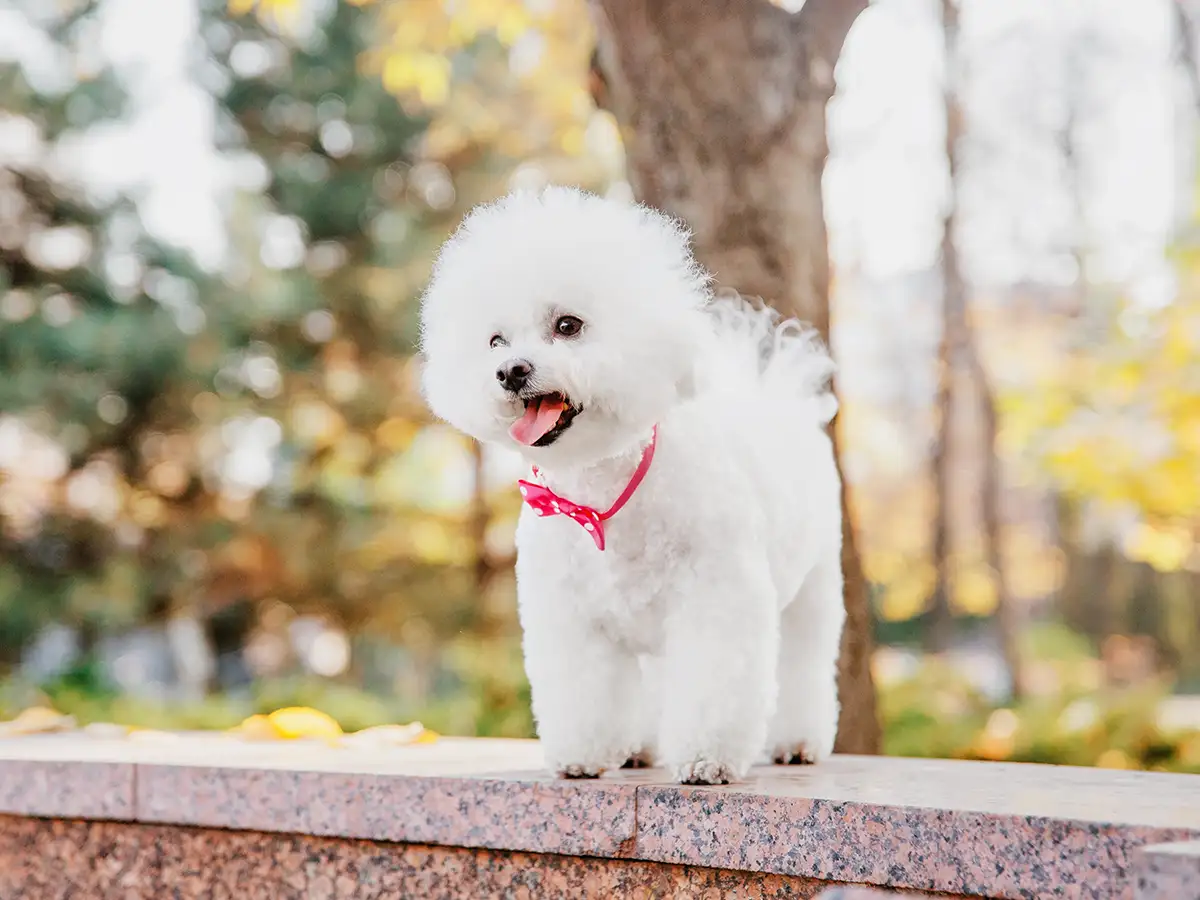
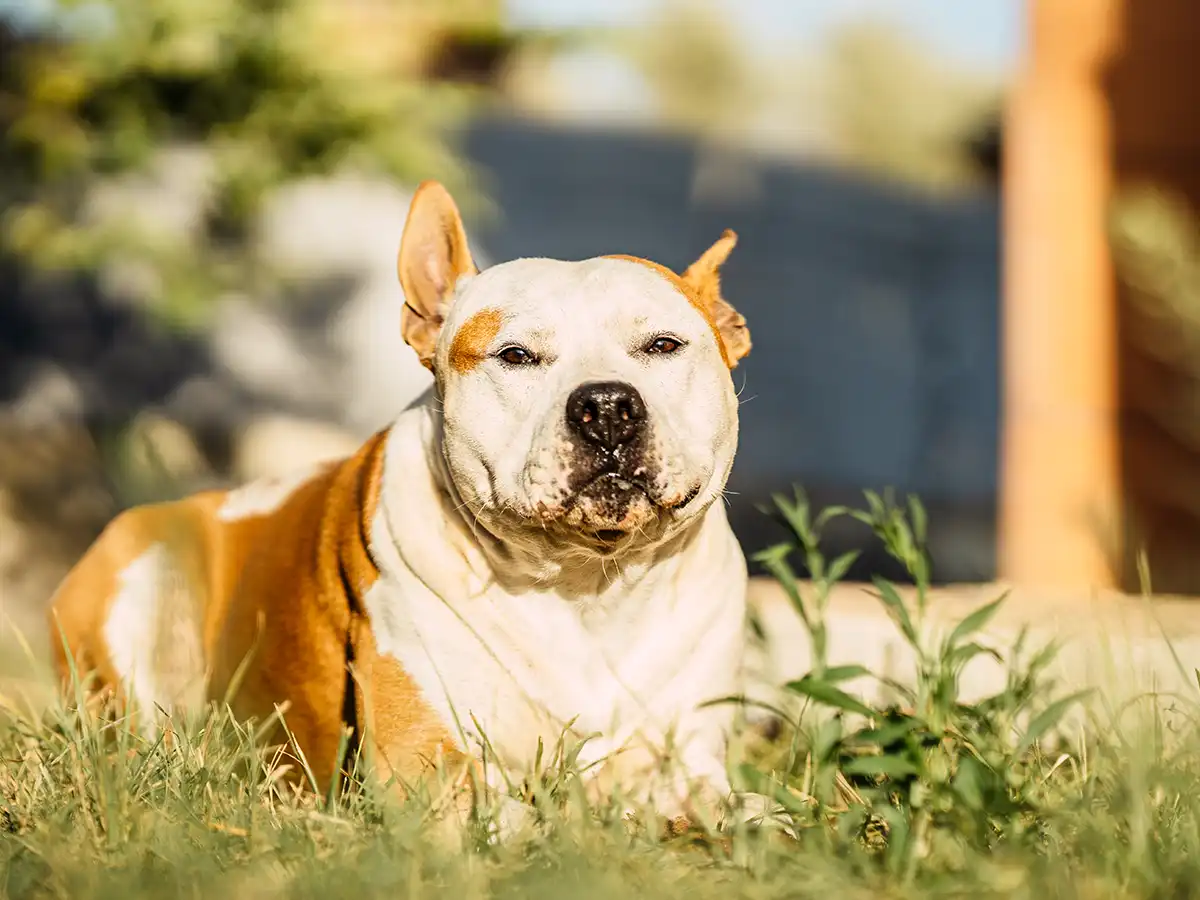
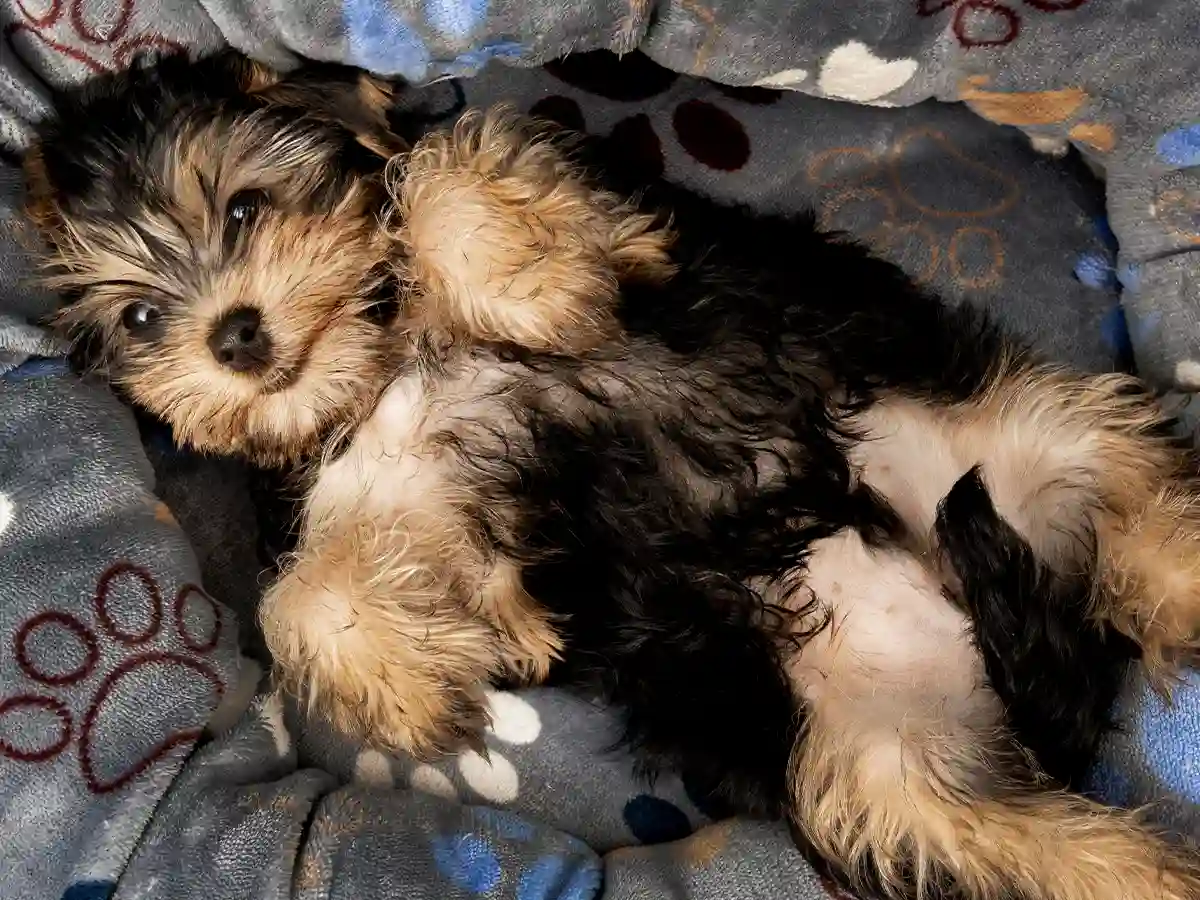
1 Comment
[…] of the best things about the Indian Spitz is how easily they can be trained. They are intelligent and quick learners. This makes them great for first-time dog owners. From […]